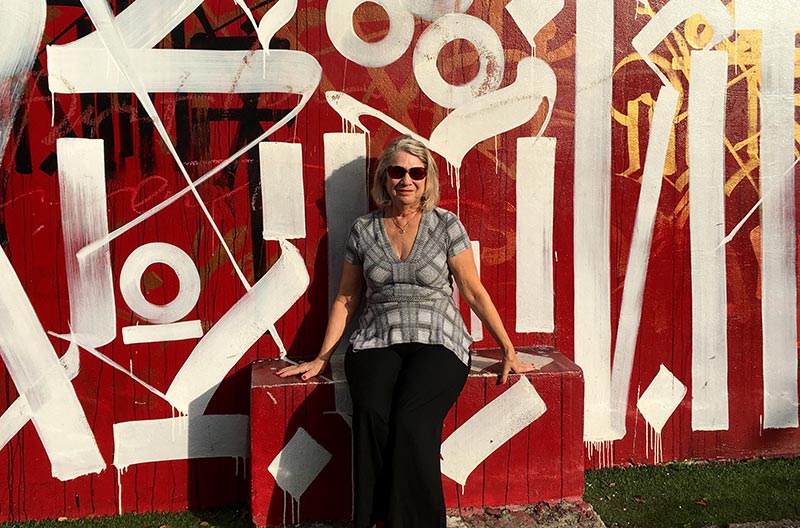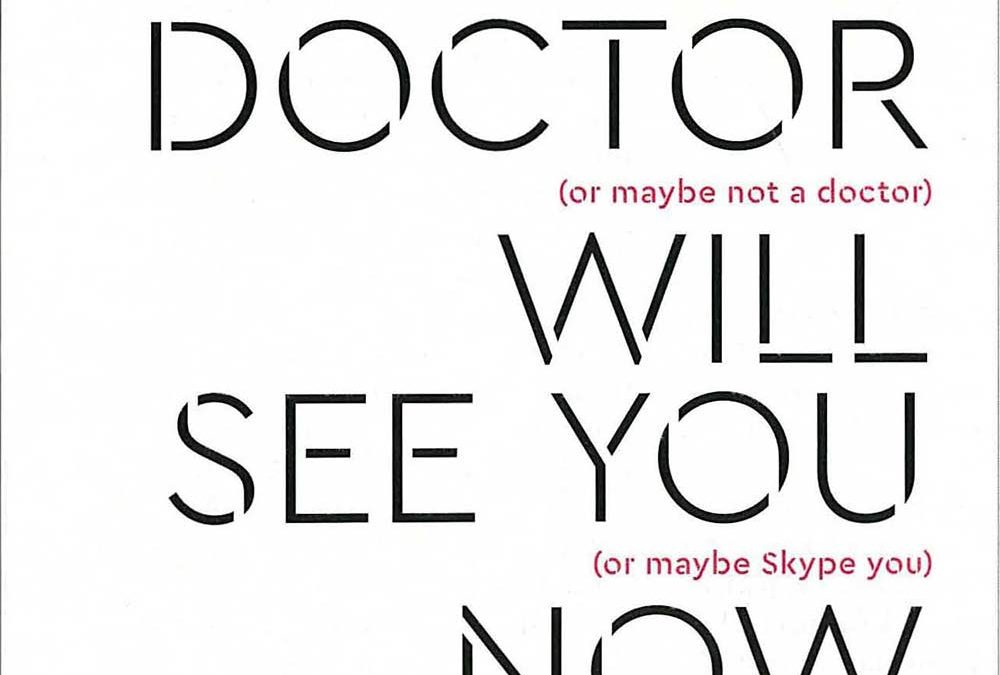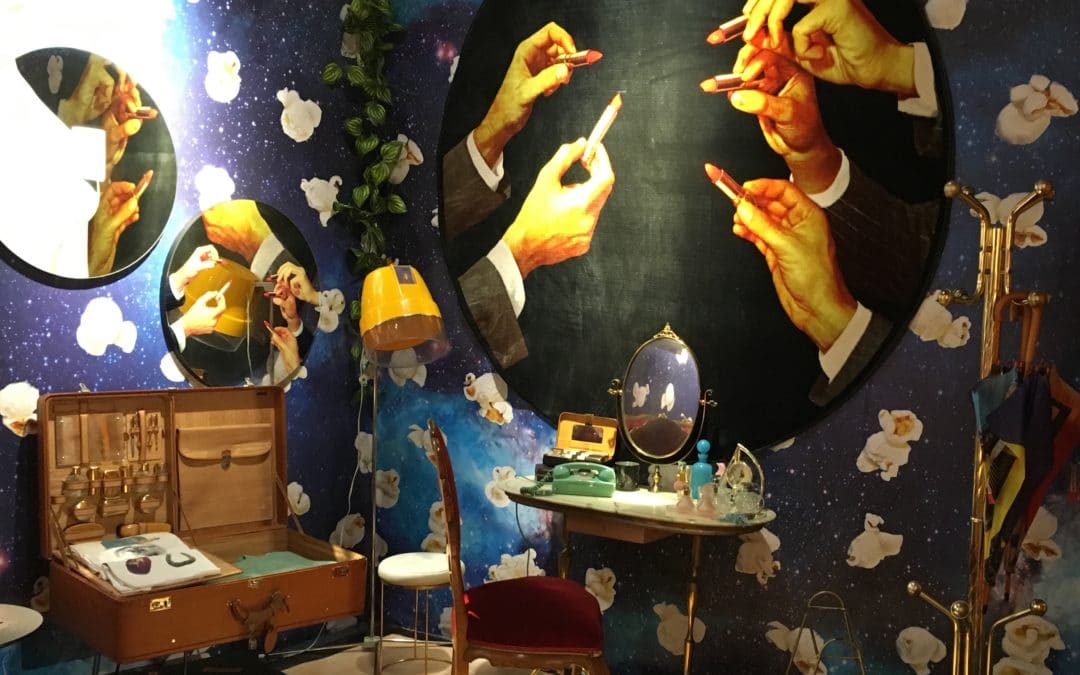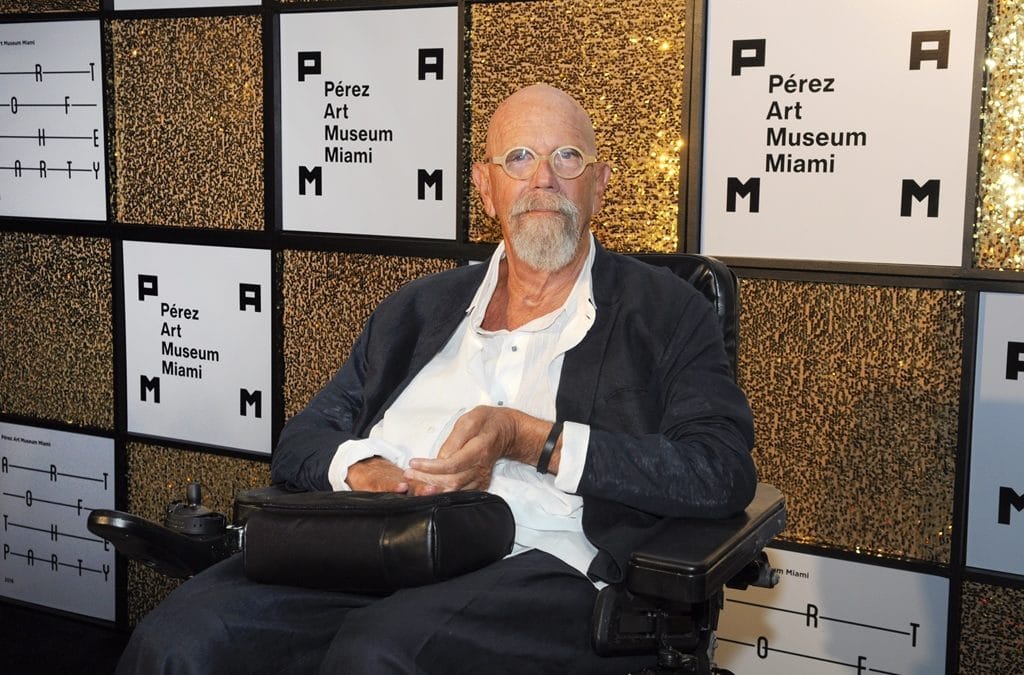
Award-winning writer and editor Ronni Sandroff is now accepting editorial assignments in the arts & sciences. Based in sunny coastal Florida, Ronni can still get things done in a New York minute! Sign up for the mailing list for a free exclusive copy of her e-essay, “How to edit yourself…without stepping on your muse.”

By Ronni Sandroff | May 2017 | Dr. Oz The Good Life
Welcome to the new world of doctoring; read this to get the best possible care.
When Jen Finelli, a 26-year-old med student from Virginia, had pelvic pain she couldn’t shake, she headed to her local health center for treatment. Luckily, the doctor was just what she’d hoped for: thorough, easy to talk to, and attentive. Only afterward, with prescription in hand, did she realize that her “doctor” was really a nurse practitioner. “I just assumed she was a physician because she was so knowledgeable,” says Finelli.
Who’ll be sitting on that swivel stool the next time you’re sick? At one point, the answer would have been a no-brainer: a doctor, of course. But today, depending on where you live, your first stop for a bad bug or an ache could be a nurse practitioner (N.P.), a registered nurse who has an advanced degree and extra training in a specialty like family medicine, or a physician assistant (P.AJ, a state-licensed health care provider who is typically supervised by a doctor. These two professions have grown exponentially, doubling their ranks in the last decade.
Physicians, on the other hand, are in short supply in many parts of the country and will become even scarcer nationwide in coming years, according to the Association of American Medical Colleges. Demographics are a factor; just as baby boomer docs are retiring, the demand for health services by a growing and aging population is increasing-and we aren’t producing doctors fast enough to keep up. To make matters worse, a recent change by the Trump administration to how visas are granted is making it harder for foreign docs to come hear a problem since almost 2S% of physicians training or practicing in the U.S. today are from other countries.
Training N.P.’s and P.A.’s requires less time and money than minting new doctors. The average family medicine doc goes through 10,000 hours of clinical training; a P.A., around 2,000; and an N.P., as many as I, SOO hours on top of his or her R.N. experience.
You might have been getting care from N.P.’s and P.A.’s at your physician’s office, where they perform exams and take medical histories. Or more recently, you may have been treated by one in an urgent care clinic-S9% are staffed with N.P.’s or P.A.’s-or a retail clinic (such as those within pharmacies), where they provide most of the care.
What’s new: You’re more likely now to encounter N.P.’s working on their own. Some 22 states and the District of Columbia have granted them “full practice authority,” meaning they can treat patients and open clinics without supervision by an M.D. And in 30 states, P.A.’s can now treat patients without a doctor signing off on their charts.
Those changes reflect the reality of the day, says Nancy Brook, R.N., a nurse practitioner in California. “There aren’t enough primary care physicians, especially in prenatal care and women’s health, for Medicaid recipients, and in rural areas and on Indian reservations. We fill a need.”
Take El Dorado County, a semi-rural community outside Sacramento. Most of the providers at its El Dorado Community Health Center (EDCHC), which serves 11,000 patients, are N.P.’s and P.A.’s; physicians have been hard to recruit to an area where the nearest town is up to 40 miles away. In fact, says Diane Bass, a nurse practitioner, and the EDCHC’s clinic director, some of her youngest patients have only been treated by N.P.’s and P.A.’s.
Bass, who’d worked as a clinical and ER nurse, became an N.P. to help make care more convenient. “In the ER, I’d see people come in for something as simple as a cold,” Bass says. “I thought they should be able to get their needs met without having to spend six hours in the emergency room.”
There are certainly benefits to seeing an N.P. or a P.A. For one, you may get in faster. Many health plans offer same day appointments with them, while a 2014 survey found that you’ll wait an average of 20 days to get an appointment with a family physician.
But does it matter if your doctor isn’t a doctor? A IS-year analysis of patients who saw a physician, an N.P., or a P.A. found that all three made similar prescribing choices (and similar mistakes, such as ordering low-quality antibiotics for colds) at similar rates. And other studies showed they all had similar outcomes in preventing hospitalization for those with chronic diseases.
Of course, there are times when it makes sense to seek out a physician, says Virginia McCoy Hass, an assistant professor of nursing at the University of California, Davis, who is both an N.P. and a P.A.-for example, if you have a condition that’s been difficult to diagnose, or you require complex specialty care.
But for the face you see most often-your primary care provider-simply pick whoever feels like the best match for you, says Cindy Cooke, D.N.P., president of the American Association of Nurse Practitioners. It might take a little trial and error but never settle for less in that relationship. Your health depends on it.

By Ronni Sandroff | Dec. 2016 | Letagemagazine.com
While 20th-century art seemed to dominate the showings at Art Basel Miami this year, a work that was only a month old attracted the most attention. Artist Rirkrit Tiravanija seized the moment and used the November 9th N.Y. Times to make a statement in three huge identical pieces, varying only in that the slogan is printed in red, white or blue. The work by Tiravanija, a Thai-born in Argentina and now based in New York, Berlin, and Chiang Mai, sold immediately after the show opened, according to Art News.
The chaos and irony of our more interior life was highlighted in works such as Psychonavigation by Charlene Von Heyl and Never Kissing You Back by Sean Landers. And, an astonishing apartment installation, commissioned by Fondation Beyeler, the Swiss museum, and created by Italian artists Maurizio Cattelan and Pierpaolo Ferrari’s magazine project, Toilet Paper, was, among other things, an uproarious comment on our sexualized consumerism.
The fair boasted a rich offering of well-known 20th-century masters and a Cabinet showcase on Asgar Jorn, 1914-1973, a flamboyant and little recognized Danish artist.

By Ronni Sandroff | Mar. 2016 | Letagemagazine.com
The faces, looming larger-than-life, often staring straight at you, are unguardedly and unglamorously human. They seem so real that you can sense the rumble of the person’s thoughts. Yes, the paintings and photographs of renowned New York artist Chuck Close, 76, can take some getting used to. When you view a photograph, it’s as if you’re staring deep into a person that you suddenly know all too well.
Close has photographed, painted, woven, and imaginatively reinterpreted many times, a core set of almost wall-size portraits. The colorful pixelated painting versions are the most ravishing – and yield a series of different visions as you walk toward and away from them. But though Close can border on the abstract, the strong gaze of his subjects bores through. The subjects (including himself) have almost blank expressions and don’t overtly show emotion. They seem unposed, and somehow objective.
At the March 4 PAMM Art of the Party gala in Miami, which honored the artist, Close answered a few questions for L’Etage Magazine that I’ve long wondered about.
When you’re doing a portrait, do you consciously try not to “editorialize” about the person who is the subject of your work?
Chuck Close: I try to be rather neutral and flat-footed, but I’m sure there’s some editorial work in there somewhere. I don’t flatter anybody, but I also don’t try to make them look worse. No matter how much they hate it when I do it, ten or 15 years later they think they look pretty good.
Even in your portraits of well-known people, such as Kate Moss and Justin Timberlake, we see an unfamiliar side of them. How do you work with models to achieve this?
Chuck Close: I don’t let them put on makeup, and I don’t do photoshop. There’s something kind of wonderful about people before they try to improve themselves. There’s a certain kind of honesty to it. When I apologized to Kate Moss, she said: “oh its ok I’ve had a million pretty photos taken.” (Laughs)
You’ve said your favorite painter is Johannes Vermeer. His faces also often have enigmatic expressions. Can you talk about how he has influenced you?
Chuck Close – I think I can figure out how any painting in the history of the world was made except for Vermeer’s. (His paintings) are like an apparition. Just magical. It’s the fact that they’re so special that impresses me. I never care about the story. I’m a formalist. I don’t care who the letter (in Vermeer’s “Woman in Blue Reading a Letter”) is from. It’s like he paints blue on the canvas in a divine breath.




